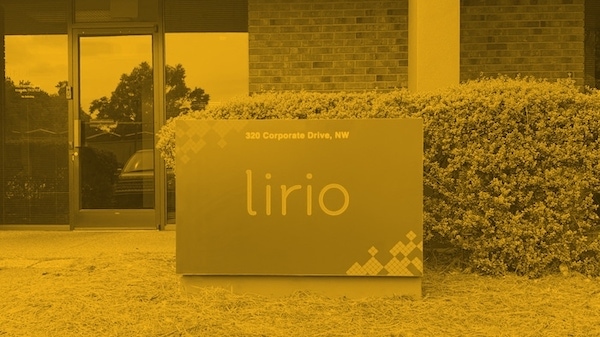3.5-minute read
Patient compliance is a somewhat complex riddle. We learned through feedback from a recent breast screening campaign that there are some simple yet significant reasons why the average woman might avoid her annual mammogram.
Our top recommendation for boosting mammogram sign-ups is to offer personalized, informative communication. Below are some tips to enhance that communication and make it more effective for motivating women to sign up for breast screenings.
Communicate Regularly
The average 40+ woman is juggling a host of responsibilities in her daily life. A simple, strategic reminder could effectively drive her to book her breast screening—if she sees the message at the right time.
But, since there’s no way to ensure every message you send will arrive at the perfect time, it’s best to establish a regular cadence of communication. Sending short, sweet, barrier-breaking reminders on a consistent basis (to eligible women who haven’t recently made an appointment) ups your odds of getting through effectively without being too intrusive.
Remove Barriers
To combat the various barriers to scheduling mammograms caused by misinformation, highlight the truth about each one.
Example barriers: |
To remove the barriers, clarify that mammograms are: |
|
|
Some barriers require more effort to overcome than others. Something as seemingly trivial as convenience can determine whether or not a person schedules a life-saving screening. When there are many steps involved in scheduling an appointment, or the steps feel cumbersome (extensive reading, finding a quiet place to make a phone call, waiting for a call back, etc.), each one takes a woman further away from setting up her screening.
The mammogram process should be designed to be as easy and convenient as possible. From reading the message, to booking an appointment, to checking in, to wait time, to the actual procedure, to checkout, to results and follow-up. If you make the process as simple and seamless as possible, you will likely get more patients in the door.
Frame Wisely
Be very careful about using fear in your messaging.
Leveraging the fear of loss (or loss aversion) can be effective in some contexts, depending on the stakes. But, have you ever heard of being paralyzed by fear? Scare tactics are a risky approach for promoting medical testing because unwanted results (e.g. finding cancer) could threaten every facet of a person’s life—from their daily routine to their very existence.
It’s not surprising that fear can have an unpredictable influence on decision-making regarding cancer screenings.2 Some would rather continue not knowing their condition than to have to cope with new (potentially bad) information, and many people dread the anxiety that comes from waiting for results.
There are some behavioral framing techniques that are less risky. For example, to harness the power of social proof, emphasize the fact that many eligible women do get regular screenings, rather than calling attention to those who do not. Positioning annual mammograms as a normal, common practice among a woman’s peers—particularly those she considers similar to herself—increases her instinct to follow suit and schedule a screening.
In Closing
The average woman age 40+ is a lot of things. She is:
- Human
- Usually Busy
- Cost Conscious
- Focused on Others
- Routine/Habit Oriented
- Uncomfortable With Change
- Misinformed About Breast Cancer
- Afraid of a Negative Health Diagnosis
And much more. But each day, we discover new pieces of the puzzle and find new ways of overcoming her barriers and biases to help her stay healthy. Hopefully, the methods above will help you do better for your audience.
Look around Lirio.co to learn more about our approach to behavior change through personalized messaging at scale.
References
- Understanding Radiation Risk from Imging Tests, American Cancer Society
- Fear Affects Cancer Screening Decisions, PsychCentral
